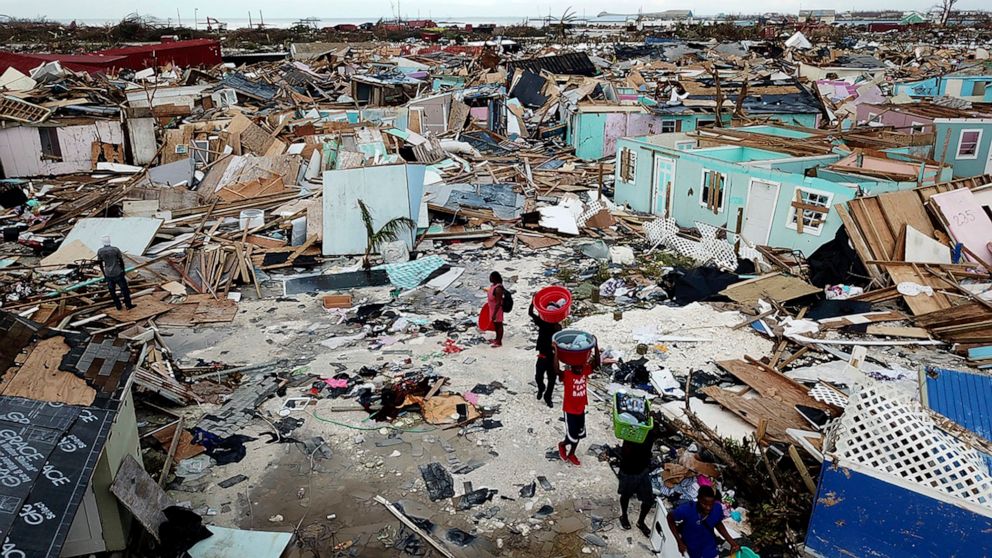by Nandini Warrier

Climate change is one of the most challenging problems that the world is currently facing. Many people often disregard environmental issues because they think it doesn’t directly affect them. However, for low-income communities, the climate crisis cannot be ignored. The impacts caused by climate change, global warming, and pollution are detrimental to low-income neighborhoods.
Climate change and global warming lead to more frequent natural disasters which is dangerous for underprivileged communities. For example, “cheaper homes built without strong foundations or storm windows tend to be less safe during tornadoes and hurricanes. Floods hit low-lying neighborhoods the hardest, and many low-lying neighborhoods are low-income neighborhoods” (Lowrey 2019). Important buildings, such as schools or hospitals, can be permanently lost, forcing communities to lose access. If these disasters were to damage vital infrastructure, it would be harmful to the people in the area because it makes healthcare and education less accessible due to longer travel times and costs.
In addition, climate change leads to pollution, which often hits low income communities the hardest. People are forced to breathe in harsh fumes as soon as they walk out the door. To add, “short- and/or long-term exposure to air pollution has been associated with a wide range of human health effects including increased respiratory symptoms, hospitalization for heart or lung diseases, and even premature death” (Managing Air Quality 2018). For those with pre-existing breathing issues, this poses a unique threat- especially if they can’t afford healthcare. If the pollution were to contaminate water sources, it would make it more difficult to grow crops and drink clean water.
However, there are many measures we can take to prevent rapid climate change. One option is to harness renewable energy sources such as hydroelectric, wind, and solar. This reduces the overall greenhouse gas emissions, which is instrumental in tackling global warming. Greenhouse gases chip away at the ozone layer and trap heat in the environment and cause increased temperature fluctuation. Another solution is implementing more green technology in these communities to reduce plastic use, save water, and also lessen carbon emissions. An example of this is having closed recycling and composting loops and selling the items at an affordable price to help people and the environment. Other ways to stop the problem at the source include the government aid programs that provide low-income areas with resources such as disaster kits with food and first-aid to combat natural disasters before they happen.
To summarize, we need to be aware of the problems that everyone is facing, and not just ourselves or people in our income bracket. Climate change should not be a class issue, but one that we need to work together to provide creative solutions for. We need to work harder to give the resources these communities desperately need to combat climate change. Climate change is an urgent problem. We must act now.
